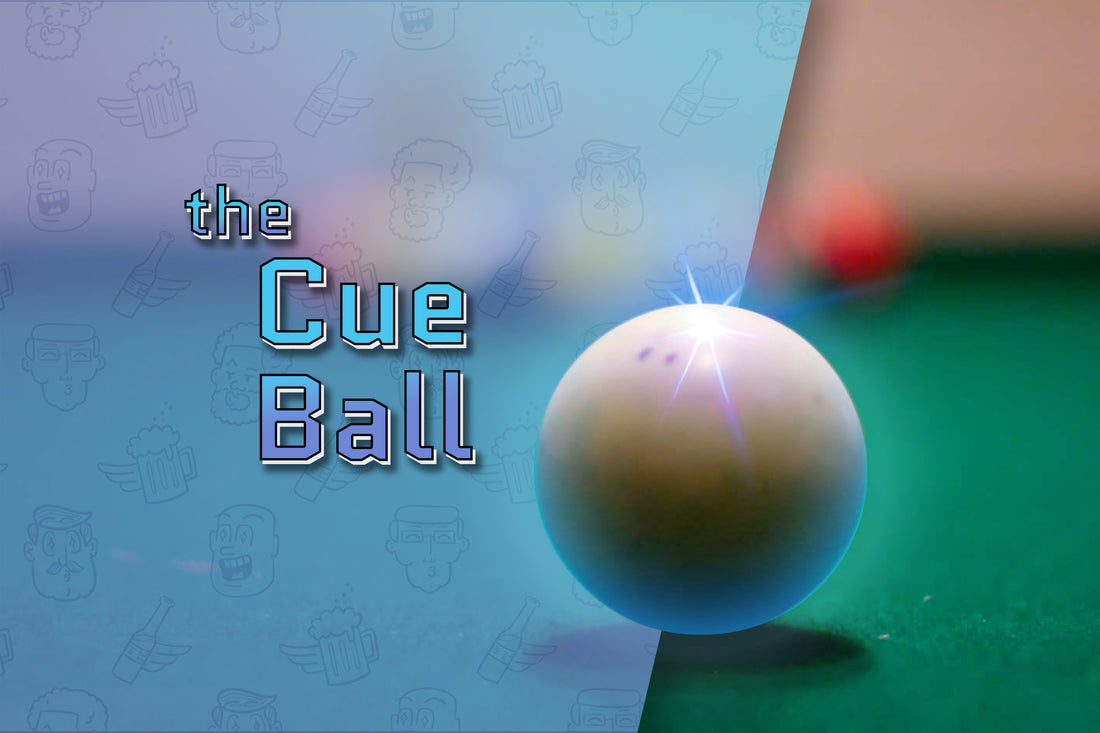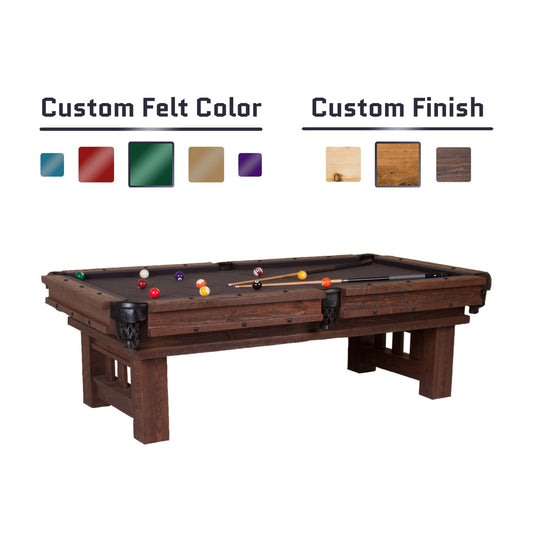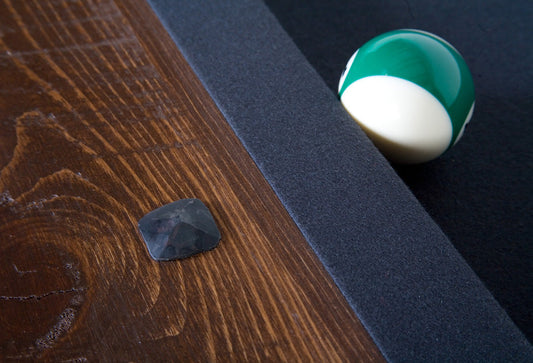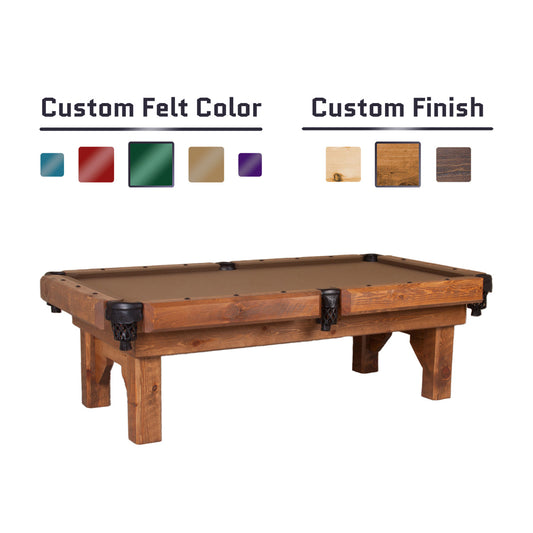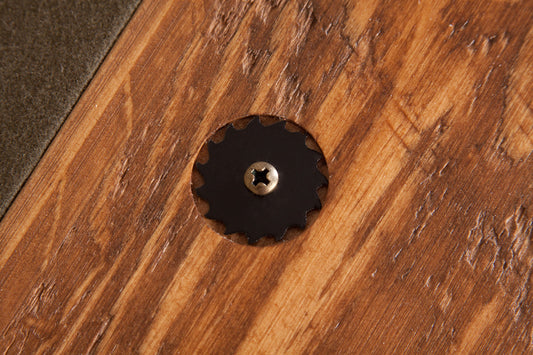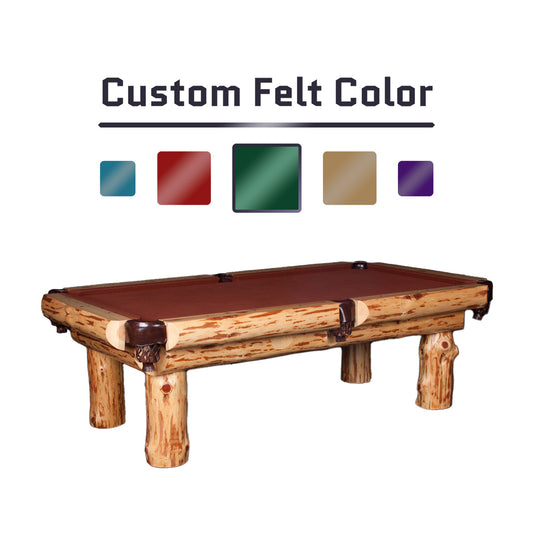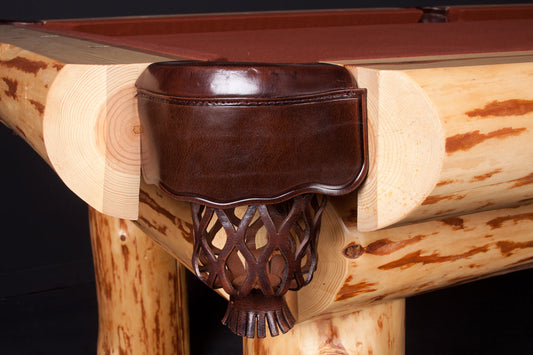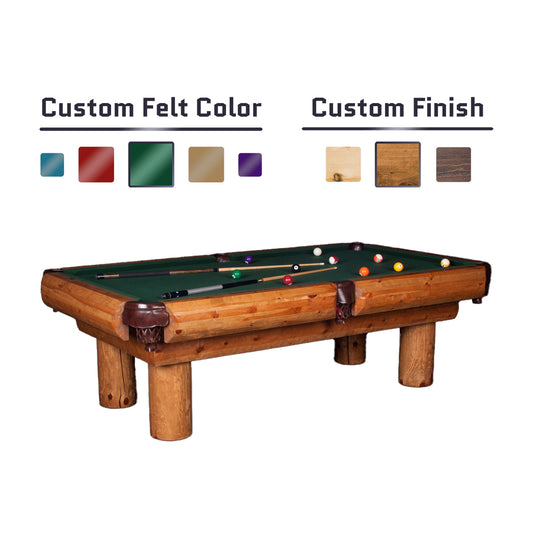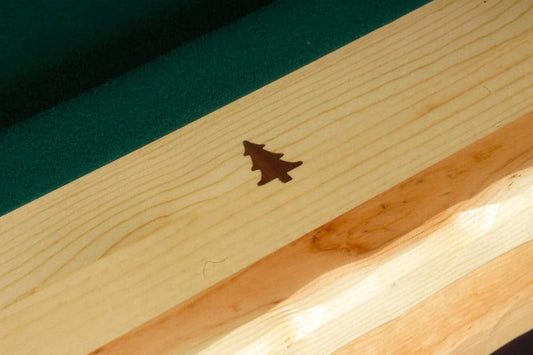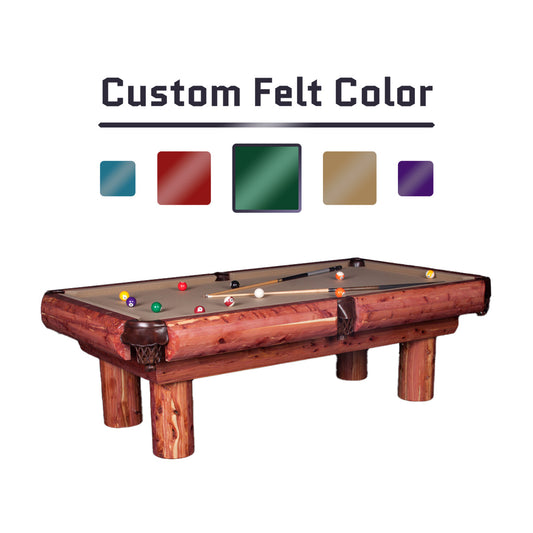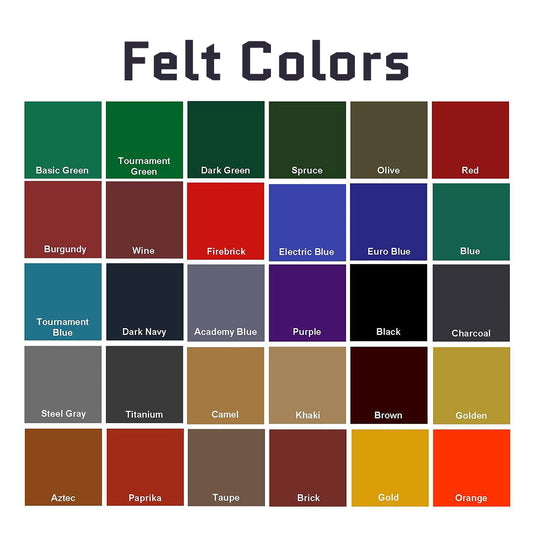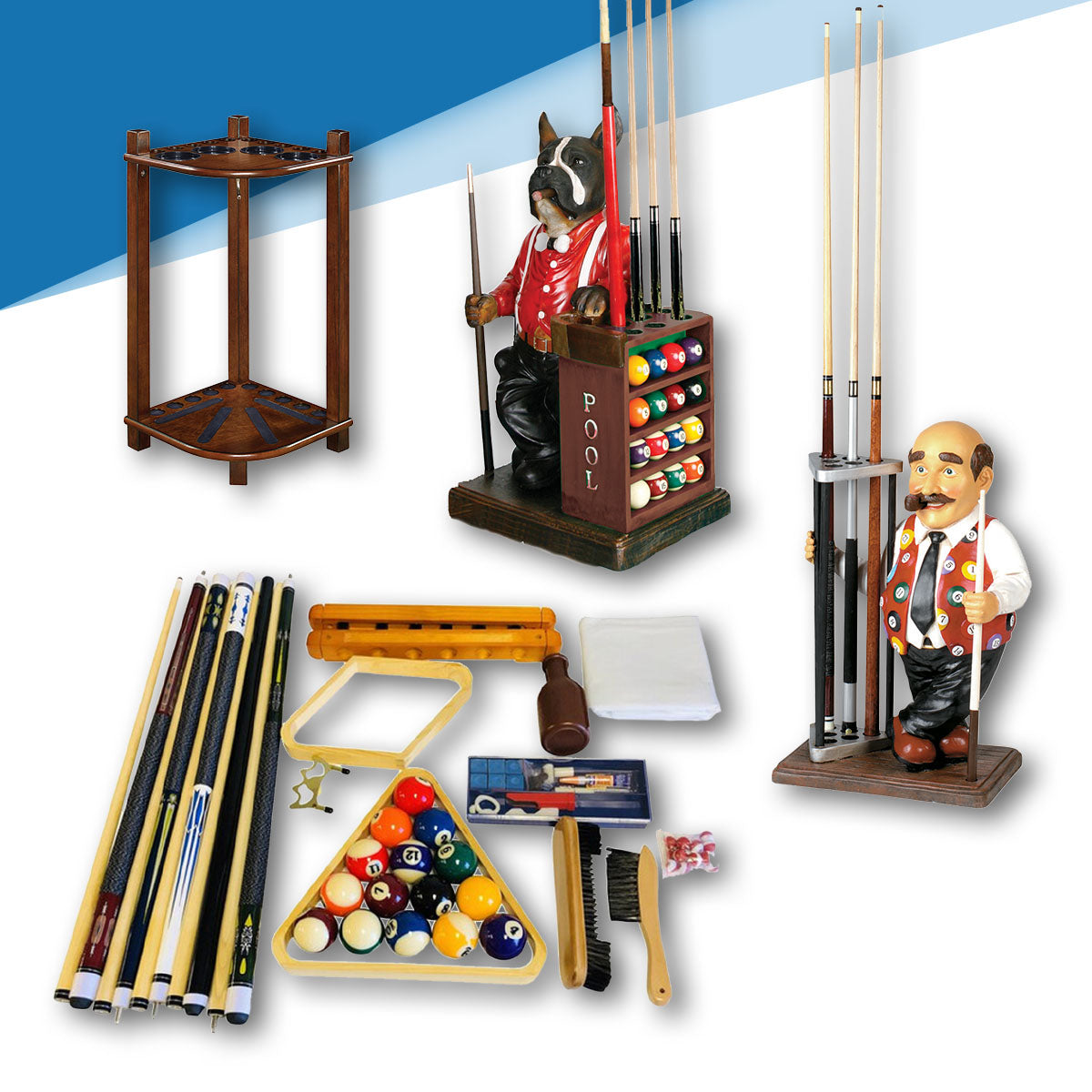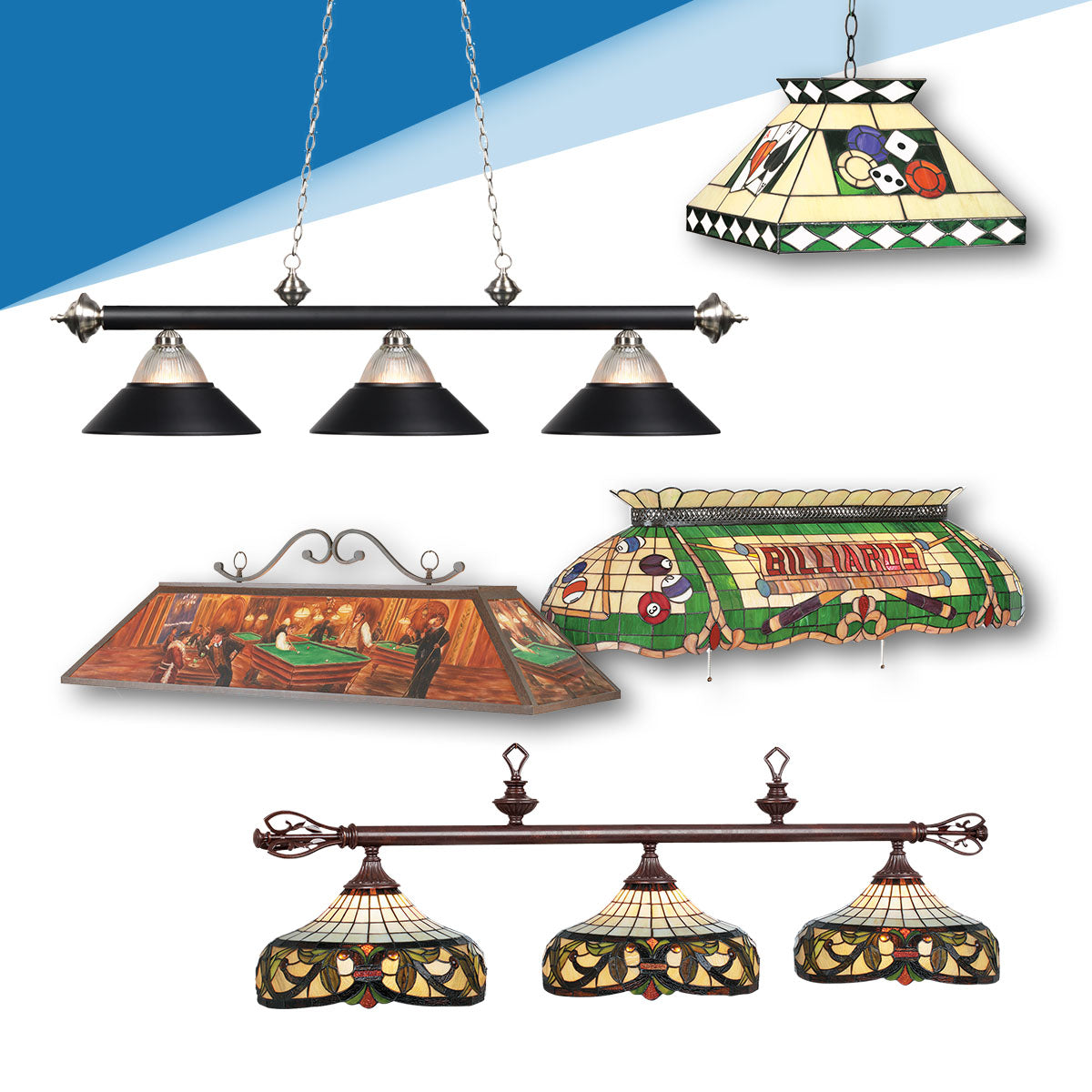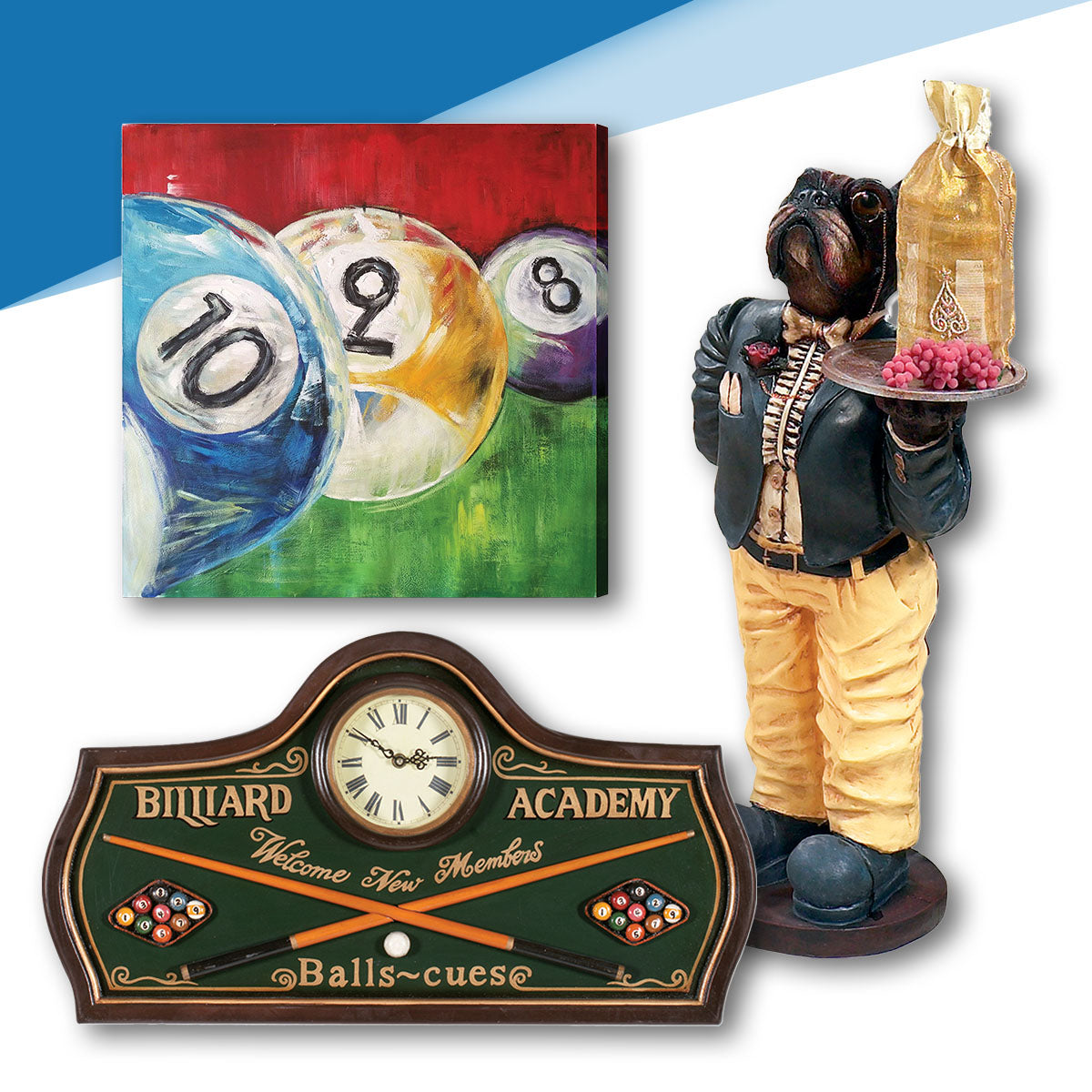Written by Daddy Cappuccino
8-minute read
In the world of cue sports, there exists an unsung hero, a seemingly inconspicuous yet absolutely crucial component - the cue ball. As we step into the captivating realm of billiards, snooker, and pool, it's this unassuming sphere that orchestrates the intricacies of each shot. A seemingly unremarkable yet crucial player in the game.
Ever wondered how a pool table knows which ball is the cue ball? Or what is the diameter of a cue ball in different billiard games? Join us on a journey through the world of cue balls, their sizes, and their effects on the different games of billiards.
Table of Contents
- Cue Balls in Different Billiard Games
- The Effects of Size and Weight on the Game
- How Does a Pool Table Know Which Ball Is the Cue Ball?
- Conclusions
1. Cue Balls in Different Billiard Games
Billiards, snooker, and pool may seem like similar games at first glance, but each has its unique flavor and, as you'd expect, a distinct cue ball. Let's take a closer look at how the cue ball plays its part in these thrilling cue sports.
| Cue Sport | Cue Ball Diameter | Cue Ball Weight |
|---|---|---|
| Pool | 2 1/4 inches | 5 1/2 to 6 oz |
| Snooker | 2 1/16 inches | 5 1/2 to 6 oz |
| English Billiards | 2 1/16 inches | 5 1/2 to 6 oz |
| Carom Billiards | 2 13/32 inches | 7.2 to 7.8 oz |
| Russian Pyramid | 2 11/16 inches | 9 oz |
| Kaisa | 2 11/16 inches | 9 oz |
| Bumper Pool | 2 1/8 inches | N/A |
| Bar Billiards | 1 7/8 inches | N/A |
Carom Billiards
In traditional billiards, also known as carom billiards, the essence lies in achieving precise caroms, not pocketing balls. Here, three balls are in play: two cue balls and a single object ball.
- White: The cue ball for player 1
- Yellow: The cue ball for player 2 (historically this was white with a distinguishing spot)
- Red: The object ball (four-ball uses an extra object ball, usually blue)
While there's no pocketing, the cue balls serve as vehicles to strike the object ball and send it rebounding off the cushions to score points. These cue balls aren't numbered and typically measure around 61–61.5 mm (approximately 2+13⁄32 in) in diameter, with a weight ranging between 205 and 220 grams (7.2 and 7.8 oz). They are usually white and yellow, with the red being the object ball.
Pool
Pool, in its various forms like eight-ball and nine-ball, revolves around pocketing specific balls, and the cue ball is at the forefront of this action. The cue ball in pool games is typically smaller than the carom billiards cue ball, with a diameter of 2+1⁄4 in (57 mm). It's also slightly heavier, weighing between 5+1⁄2 to 6.0 oz (160–170 g). Pool cue balls are numbered, with the 8-ball being the exception. The cue ball's primary role is to initiate each shot, and its path determines the strategy, skill, and ultimately, the victory in pool games.
Snooker
Snooker, a game of precision and strategy, introduces colored balls alongside the reds. Here, the cue ball plays a pivotal role in maneuvering around the table, potting red and colored balls, and accumulating points. The standard snooker cue ball measures 52.5 mm (2+1⁄16 in) in diameter and has a consistent weight within a tolerance of 3 g (0.11 oz). It is a blank white ball that relies on the player's deft touch and accuracy to secure victory.
Beyond the realms of billiards, snooker, and pool, cue balls take on different roles in various cue sports, each with its own unique flavor:
English Billiards
English billiards, often referred to as simply "billiards," shares the same number of balls as carom billiards, maintaining the essence of precision and angles. However, this game takes an interesting twist by using cue balls of the same size as snooker balls. The cue balls in English billiards adhere to the standardized snooker cue ball dimensions, measuring 52.5 mm (2+1⁄16 in) in diameter. This size shift introduces a new dynamic to the game as players navigate the table, making it a captivating fusion of carom and snooker elements.
Russian Pyramid
Russian pyramid, a cue sport with a fascinating twist, employs a set of fifteen numbered white balls along with a red or yellow cue ball. What sets it apart is the sheer size of these cue balls. Russian pyramid cue balls are massive, measuring a whopping 68 millimeters (2+11⁄16 in) in diameter. This substantial size adds an intriguing element of precision, requiring players to master the unique physics that come with larger balls. Russian pyramid is not for the faint-hearted, and these colossal cue balls are a testament to its challenging gameplay.
Kaisa
Kaisa, a cue sport that hails from Finland, opts for simplicity. It features only five balls in play: one yellow, two red, and two white cue balls, with each player having their own. These cue balls adhere to standard dimensions, offering a straightforward yet engaging gameplay experience. Kaisa showcases how cue balls can be utilized in a minimalist fashion, proving that elegance can be found in simplicity.
Bumper Pool
Bumper pool, a fun and quirky cue sport, introduces a playful mix of cue balls and object balls. This game features four white and four red object balls, adding a touch of variety to the traditional cue ball setup. To further spice things up, two special balls come into play—one red with a white spot and the other white with a red spot. All these balls typically measure 2+1⁄8 inches (54 mm) in diameter. Bumper pool's unique blend of colors and patterns makes it a delightful game for players of all ages.
Bar Billiards
Bar billiards, a cue sport often found in pubs and bars, features its own take on cue balls. Depending on regional variations, this game can employ either six or seven white balls alongside one red ball. These cue balls and the red ball are smaller in diameter, with the red ball measuring 1+7⁄8 inches (48 mm). Bar billiards showcases how cue ball variations can emerge even within a single cue sport, allowing players to enjoy different experiences based on their location.
2. The Effects of Size and Weight on the Game
Now that we've established the different sizes and weights of cue balls in various games. Now, let's explore how these variations can impact your gameplay.
Cue Ball Weight and Size: In the world of billiards, cue balls are subjected to a fair share of wear and tear, especially when compared to the object balls. This wear and tear occur from constant impacts with cue tips, abrasive chalk, friction against the table cloth (especially if it's coated with chalk dust), and collisions with object balls and cushions, shot after shot.
When cue balls are older, they tend to be slightly smaller and lighter than the object balls. This is because they wear down faster due to their prominent role in the game. However, when a new cue ball is introduced into the mix with older object balls, it tends to be slightly heavier as only the object balls have wear and tear.
Now, here's where it gets interesting - the weight and size of the cue ball can significantly affect your shots and strategies:
- Heavier Cue Balls: These make it easier to follow through but tougher to draw the cue ball. When you apply a cut shot, the cue ball tends to move forward of the tangent line. Similarly, with a stop shot, the cue ball drifts forward. This effect is known as "smash through." Heavier cue balls also tend to squirt (change direction) less.
- Lighter Cue Balls: On the flip side, lighter cue balls make it easier to draw the cue ball but tougher to follow through. When you use a cut shot, the cue ball tends to pull back from the tangent line. Even with a stop shot, the cue ball bounces back some. Lighter cue balls also tend to squirt more.
- Size Matters: The size of the cue ball can also affect gameplay. When the cue ball is smaller or larger, the contact point on the object ball won't be at the equator. This can cause the balls to hop slightly, especially at higher speeds. For instance, on an old bar box with a large cue ball, it's easy to launch the cue ball off the table on a powerful break shot. Cut angles can also be slightly affected.
Racking and Roll Quality: Worn object balls don't rack as well as new ones. Slight differences in size and non-spherical shapes due to wear result in less tight racks and poor break action with more clusters and fewer balls made. Non-spherical or unbalanced balls also don't roll straight, and the direction of turn depends on the ball's orientation.
In conclusion, the size and weight of cue balls have a subtle yet noticeable impact on your game. Understanding these nuances can give you an edge in billiards, helping you fine-tune your shots and strategies to become a more skilled player.
3. How Does a Pool Table Know Which Ball Is the Cue Ball?
You might have wondered, especially if you're new to the game, how on earth does a table "know" which ball is the cue ball? Well, it doesn't involve magic, but it's an intriguing aspect of billiards.
First and foremost, it's important to recognize that in most cue sports, the cue ball is not like the others. It doesn't bear numbers or stripes or solid colors like the object balls. Instead, it's the pure, solid white ball. But the table itself needs a more foolproof method to identify it during gameplay.
Standard Size and Weight: One common way to distinguish the cue ball is by its size and weight. It's usually slightly larger and heavier than the object balls, although this can vary depending on the specific table or game being played. This subtle difference helps the table's mechanisms recognize the cue ball.
Magnetic Magic: In some coin-operated pool tables, especially those you might find in bars or arcades, there's a clever system at play. The cue ball is equipped with a thin layer of metal embedded inside. This metal interacts with a magnet within the table's ball return mechanism. When the cue ball is separated from the object balls, this magnet magic happens, and voilà, the table knows which ball is the cue ball.
Optical Precision: More recently, some tables have adopted sophisticated optical systems. These systems can recognize the cue ball based on its unique properties. Since the cue ball is more translucent than the others due to its solid white color, the optical system can easily spot it and separate it mechanically from the rest.
So, there you have it – a sneak peek into the behind-the-scenes action of a pool table. It's not about the table having a mind of its own but rather relying on these smart techniques to ensure that the game flows smoothly. Next time you're at the pool hall, you'll know that it's not magic but science and clever engineering that keep the game on track.
4. Conclusions
Well, folks, we've taken a deep dive into the world of cue balls and how they play a pivotal role in the game of billiards. From their distinct characteristics to their role in various cue sports, we've covered it all.
Remember, the cue ball might look just like another ball on the table, but it holds a special place in the heart of every billiards player. It's the conductor of the game, the orchestrator of those jaw-dropping shots, and the secret behind those mind-bending angles.
So, the next time you step into a pool hall or gather around a billiards table, you'll have a newfound appreciation for the unassuming white ball. It's not just a ball; it's the cue ball, and it's at the heart of the action.
🍻 Cheers to your billiards journey and see you in the next article!

